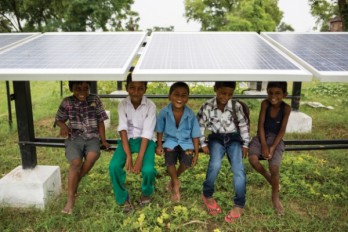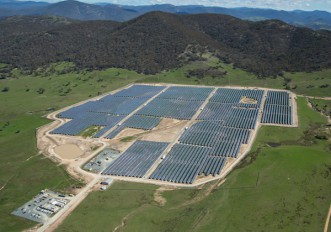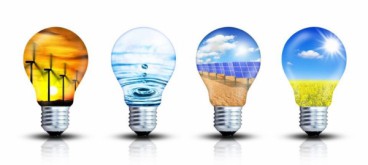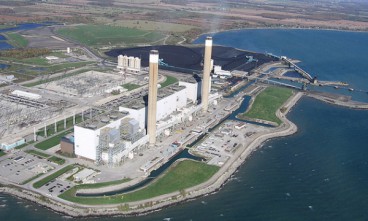India uses coal tax money to fund renewable energy projects

Renewables have been the largest beneficiary of the coal tax revenue collected in India over the last seven years
Renewables have been the largest beneficiary of the coal tax revenue collected in India over the last seven years
India has set a goal to generate 175 GW of energy from renewable sources by the year 2022, a rather ambitious plan given its current renewable capacity is around 46 GW. The country has also pledged to reduce emissions by up to 35% below 2005 levels by 2030. In 2010, the government announced that a coal tax would be imposed, in order to eliminate its use and fund renewable energy projects at the same time. The coal cess (tax) of Rs 50/tn was levied on both locally mined and imported coal and was subsequently increased a number of times to the present level of Rs 400 per ton.
Earlier this year, the Ministry of Finance revealed that it has allocated Rs 12,430 crore ($1.8 billion) from the National Clean Energy Fund to the Ministry of New & Renewable Energy between 2010-11 and 2016-17. That sum of money corresponds to 40% of the total share of the money collected over the last seven years (Rs 54,336 crore ($8 billion)).
However, this percentage is considerably low and the government is being criticized for misusing the coal cess revenue, as it aims to have 100 GW of operational solar power capacity by March 2022, while there are clearly not enough rooftop solar power systems and solar power parks installed.
Apart from solar and other renewables, the program has helped support drinking and water sanitation projects, river restoration, and reforestation efforts, with these sectors having collectively received Rs 5,039 crore ($750 million) over the last seven years.
Source: CleanTechnica
Source: CleanTechnica
Want to read more like this story?

Finland is banning coal for energy production by 2030
Jan, 11, 2017 | NewsIt is set to become the first country to bring such a law It is set to become the first country t...

Solar power in India is gaining ground
Mar, 24, 2016 | NewsIndian Prime Minister’s goal is to establish 100 GW of solar power by 2022 Indian Prime Min...

China is the world's biggest producer of solar energy by capacity
Feb, 16, 2017 | NewsThe country’s solar power capacity almost doubled in 2016 The country’s solar power c...

2016 was a milestone for large-scale solar energy projects in Australia
May, 15, 2017 | NewsWind power has also gained ground in the country as its cost has fallen Wind power has also gaine...

World’s largest renewable energy project is being developed in India
Mar, 22, 2024 | NewsThe world’s largest renewable energy project is being developed in India, which when ready will fea...

Belgium has stopped producing energy from coal burning
Apr, 11, 2016 | NewsThe country’s last coal power plant in Langerlo closed at the end of March The country&rsqu...

UN’s report: Record amount of renewable energy capacity added in 2016
Nov, 08, 2017 | NewsLargely due to rapidly falling costs of clean energy, global renewable energy capacity jumped 8% las...

The Netherlands to face out coal-generated power by 2030
Oct, 26, 2017 | NewsThe government has committed to close all coal plants, including three that were completed just a co...

North America’s largest coal plant is being replaced by a solar farm
May, 04, 2018 | NewsThe plan was part of a larger Canadian initiative to reduce its carbon emissions The plan was par...
Trending

Vertical gardens in Mexico City to combat pollution

Saudi Park Closed After 360 Big Pendulum Ride Crashes to Ground, 23 injured

Characteristics of Load Bearing Masonry Construction

Taipei 101’s impressive tuned mass damper

Dutch greenhouses have revolutionized modern farming

Federal court rules Biden’s offshore drilling ban unlawful


